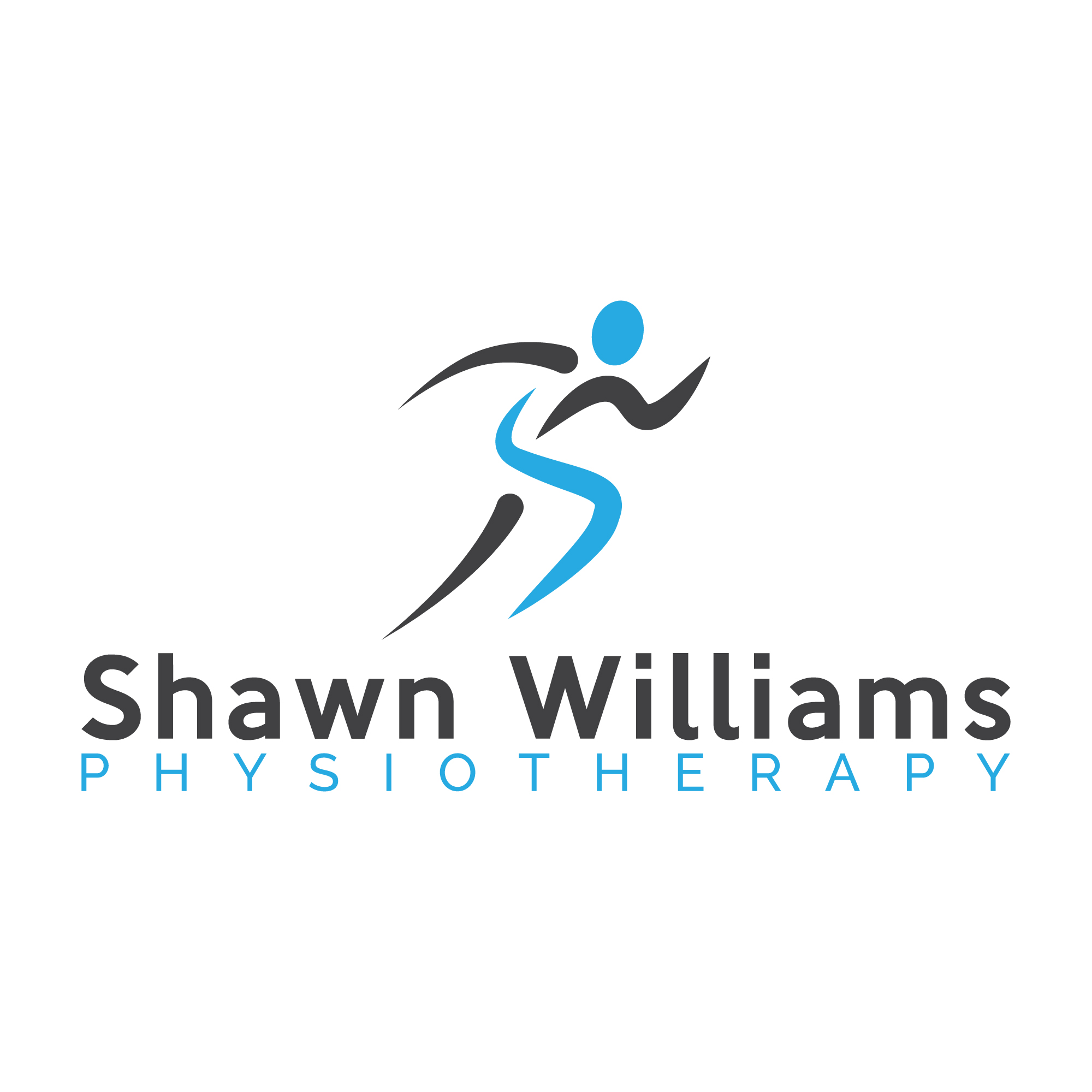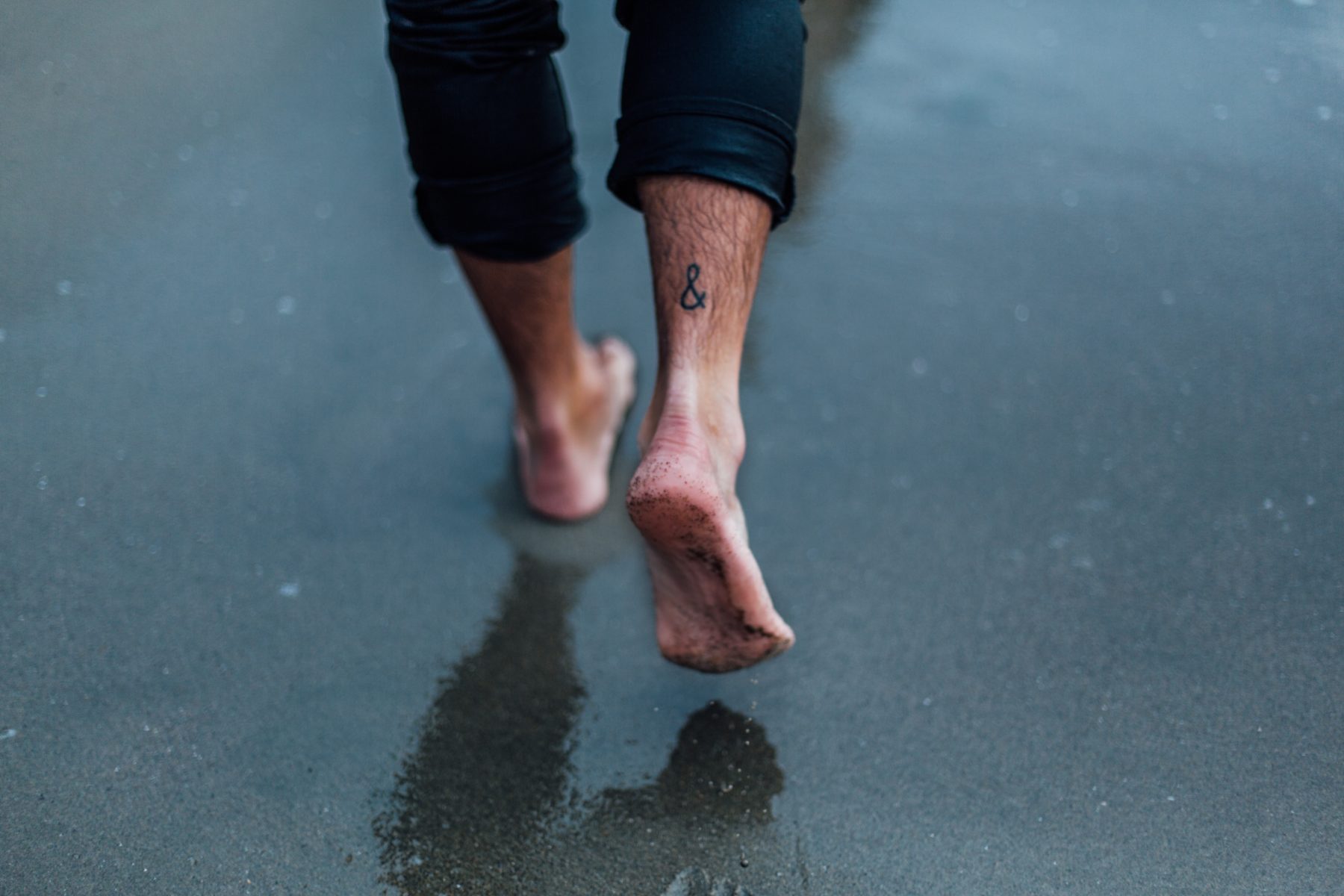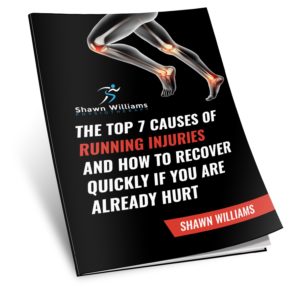1. What does Achilles tendinopathy feel like?
If you have Achilles tendinopathy you are likely experiencing stiffness in the back of the leg or above your heel when you wake up in the morning, and after sitting for long periods of time. The stiffness likely improves with gentle activity. You may notice that you feel stiffer and more tender on mornings following a run.
2.What is the Achilles tendon and what does it do?
The Achilles tendon is a strong cord of fibrous tissue connecting the calf muscles to the heel bone. The Achilles tendon pulls up on the heel which allows us to stand on our toes, and to lift the heel each time we take a step. The Achilles tendon has the potential to tolerate up to 10 times your body weight during activities such as running or jumping!
3. Who is most likely to have Achilles tendinopathy?
It is prevalent in populations that experience increased and repetitive stress on their lower limbs. Achilles tendinopathy is the most common form of tendinopathy in runners, joggers and track athletes. Factors that increase the likelihood of Achilles tendinopathy in runners include running on hard or uneven surfaces, sudden change in running shoes and rapid increase in training intensity without adequate time between workouts for recovery. Other risk factors include: limited mobility of the ankle and decreased strength or flexibility of calf muscles
4. How can I prevent Achilles tendinopathy?
- Slow and steady: gradually increase your training volume and intensity will ensure your muscles and tendons are up to speed. Spontaneous bursts of high intensity training may cause undue irritation to your Achilles tendon
- It’s all downhill from here: if your Achilles tendon is currently aggravated, avoid activities that place excessive stress on your tendons such as hill running.
- Stretch and strengthen: Decreased flexibility and muscle weakness are two risk factors for Achilles tendinopathy. Including stretching into your daily routine and your running workout will decrease risk of injury and prevent recurrence. Strengthening your calf muscles will strengthen your achilles tendon. A strong tendon will better handle the stress of exercise.
5. Is Achilles tendinopathy treatable?
Yes. If you seek treatment from a physiotherapist your plan of care will likely include the following components:
- Improving endurance and strength of the calf muscles
- Training modification: Your Physiotherapist can help spot and correct training errors that may be contributing to your tendinopathy. Recommendations on training frequency, intensity and proper equipment use will help you stay on track to achieve your goals.
- Manual therapy: this includes hands-on movement to the ankle joint or the multiple joints in the foot to improve their motion and function
- Stretching: to maintain or increase flexibility of the calf muscles and it’s tendons
- Improving tendon tolerance to load via eccentric strengthening program
- Running analysis to address biomechanical deficits that increase your risk of developing this condition
If you are dealing with Achilles tendinopathy or are concerned that your training is putting you at risk for developing this condition, learn how we can help by sending us an email or giving us a call or
text at 416-660-4187. You can also request a free phone consultation or download my free report on running injuries: The Top 7 Causes Of Running Injuries And How To Recover Quickly If You Are Already Hurt




